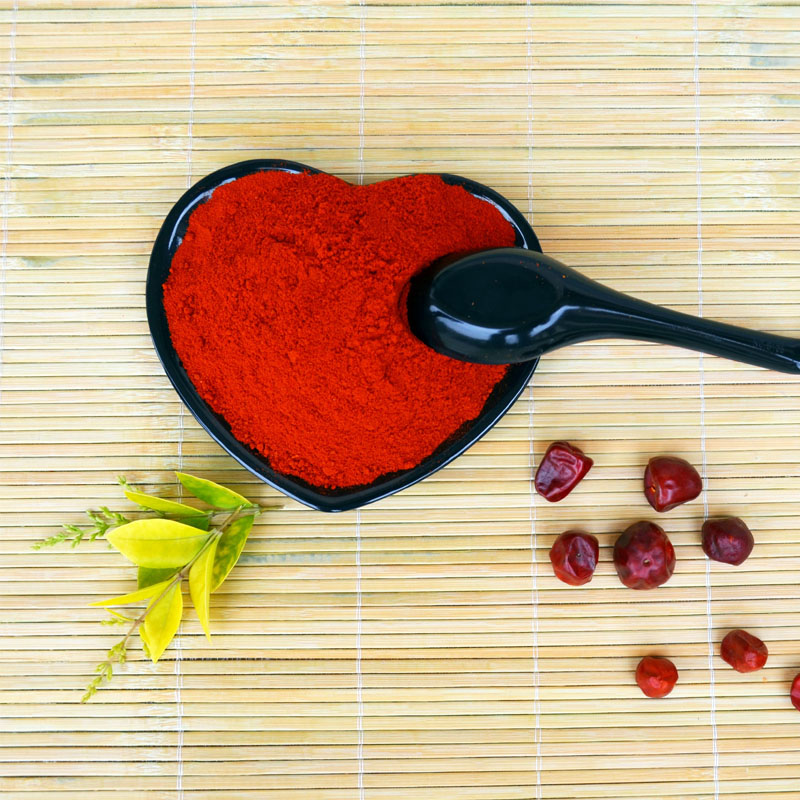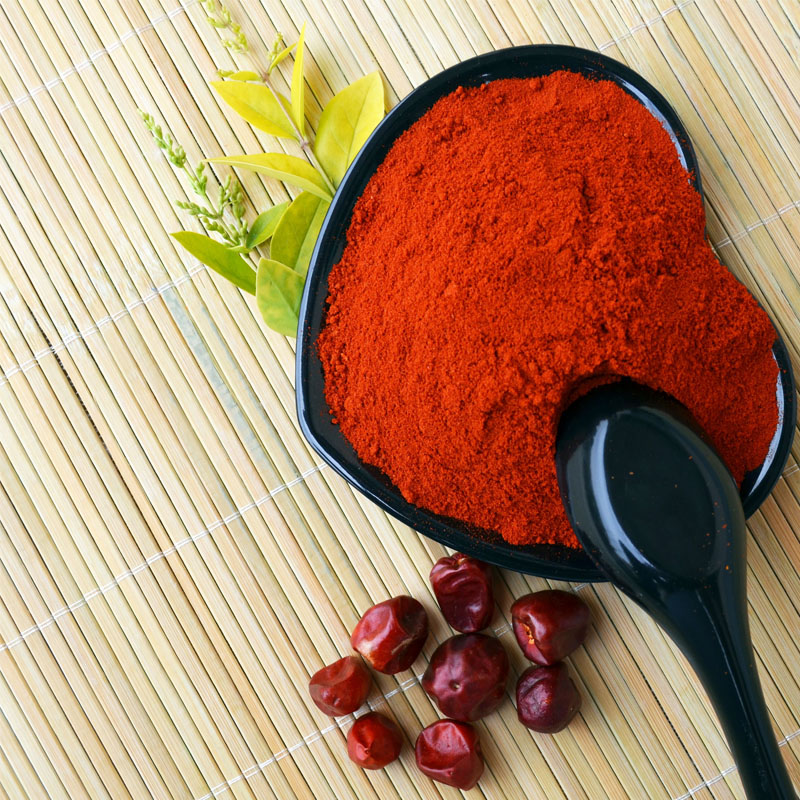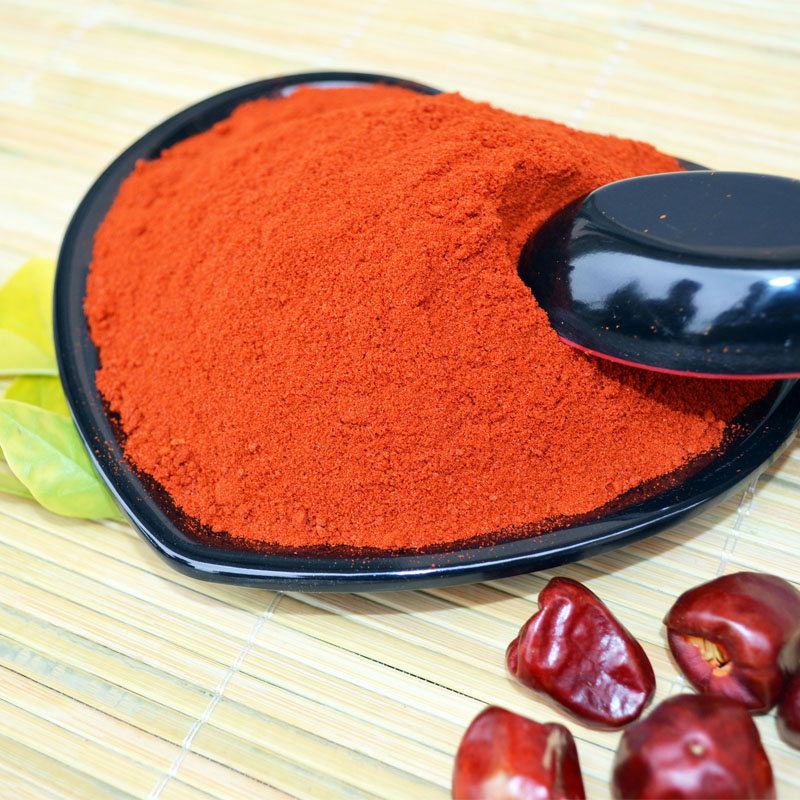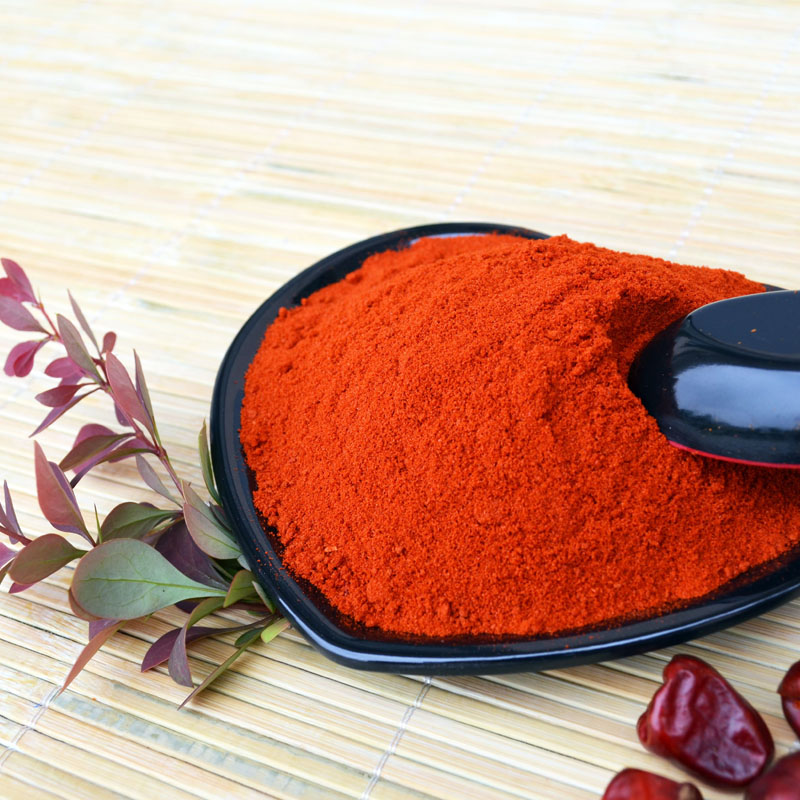- No. 268 Xianghe Street, Economic Development Zone of Xingtai city, Hebei 054001 China
- Byron@hbhongri.cn
Peppereka Powder – Vibrant Color, Sweet Aroma, Mild Heat
If you work with spice-heavy SKUs, you’ve probably noticed the quiet resurgence of carefully standardized paprika on ingredient decks. I spent a week talking to sausage makers, snack technologists, and two quality managers, and the consensus was oddly simple: color consistency wins. That’s where peppereka powder from Hebei’s spice corridor keeps coming up in purchasing notes.

Paprika powder (yes, the everyday hero) seasons and colors rice, stews, soups like goulash, and—crucially—sausages such as Spanish-style chorizo. In U.S. kitchens it’s often sprinkled as a raw garnish, though to be honest the oleoresin really shines after a quick bloom in oil. Origin-wise, this supplier operates from No. 268 Xianghe Street, Economic Development Zone of Xingtai city, Hebei 054001 China—an address procurement people have in their vendor files.
From a buyer’s view, the hook is predictable color (ASTA scale), clean flavor, and tested microbiology. Surprisingly, several R&D folks mentioned how a mid-heat profile keeps formulations flexible—no last-minute reformulations when you switch lots.

Technical specifications (typical, real-world use may vary)
| ASTA Color | ≈ 90–160 units | ASTA 20.1/20.2 |
| Scoville Heat Units | ≈ 200–800 SHU (sweet–mild) | ISO 7543 (method family), internal |
| Moisture | ≤ 12% | ISO 7541/GB 5009.3 |
| Total Ash / Acid-insoluble Ash | ≤ 8% / ≤ 1.5% | ISO 928, ISO 930 |
| Mesh Size | 60–80 mesh (custom on request) | Sieve analysis |
| Microbiology | TPC ≤ 10⁵ cfu/g; Salmonella absent/25g | ISO 6579; ISO 4833 |
| Shelf Life | 18–24 months sealed, cool/dry, | Retains ≥ 85% ASTA typically |
Process flow (short version)
- Raw material: sun-dried Capsicum annuum pods; de-stemmed and cleaned.
- Optical sorting → metal detection → cold or ambient milling (60–80 mesh).
- Optional steam sterilization (validated 5-log reduction).
- Sieving → blending for target ASTA/SHU → QC release.
- Packed in multi-layer bags with O2/UV barriers; lot-coded for traceability.

Applications
- Meat processors: chorizo, kabanos, pepperoni (heat bloom in fat for best color).
- Prepared foods: goulash bases, ramen sachets, chilled dips.
- Snacks: extruded corn, kettle chips rubs.
- Sauces and RTD soups where stable red-orange hue is critical.
Vendor snapshot (quick comparison)
| Vendor | Certifications | ASTA Range | MOQ | Customization |
| Hebei Producer (this source) | HACCP, ISO 22000; COA per lot | ≈ 90–160 | 500 kg | ASTA/SHU, mesh, steam-sterilized |
| Spanish Co-op | BRCGS; PDO options | ≈ 100–180 | 300 kg | Smoked variants, PDO |
| Broker Network (EU/US) | Varies by packer | ≈ 80–150 | As low as 25 kg | Limited lot control |
Customization and QA
Custom ASTA targets, mild or sweet SHU, and private-label packaging are common asks. COA typically covers moisture, ash, ASTA, SHU, pesticides (per EU/GB limits), heavy metals (Pb, Cd), aflatoxin (B1 and total), and microbiology. Many customers say the color hold during 12-week ambient storage is “better than expected,” which, I guess, comes down to tight oxygen control.

Real-world notes
- Case A: A U.S. chorizo producer switched to steam-sterilized lots; complaints on “muddy red” fell 32%, and yield loss from purge dropped slightly (informal plant QA logs).
- Case B: A ramen line used peppereka powder at 0.35% in oil-bloomed paste; panelists rated color intensity +0.6 on a 9-point scale after 10 weeks.
- Tip: Bloom peppereka powder in 3–5% oil at 90–110°C for 30–60 seconds for maximum oleoresin release.
Compliance
Meets Codex requirements for spices and culinary herbs; cleanliness specs aligned with ASTA guidance. Typical lots are screened against Salmonella, mycotoxins, and pesticide MRLs. For export SKUs, ask for ISO 22000/BRCGS certificates and a current COA—simple, but it saves email ping-pong.
Citations:
1) Codex CXS 326-2017, Standard for Spices and Culinary Herbs.
2) ASTA Analytical Methods and Cleanliness Specifications for Spices (latest edition).
3) ISO methods commonly applied to spices: ISO 7541 (moisture), ISO 928 (ash), ISO 930 (acid-insoluble ash), ISO 6579 (Salmonella).
-
Capsicum frutescens oleoresin – High Purity, Food GradeNewsNov.17,2025
-
Capsicum Frutescens Oleoresin – Natural Heat & FlavorNewsNov.17,2025
-
Peppereka Powder – Fresh, Vibrant Color & Sweet AromaNewsNov.17,2025
-
Paprika Oleoresin | Natural Red Color, Heat & Flavor BoostNewsNov.17,2025
-
Pure Turmeric Extract 95% Curcumin | Potent, Lab-TestedNewsNov.17,2025
-
Red Papper Pods – Premium Sun-Dried, Bold Heat & AromaNewsNov.10,2025







